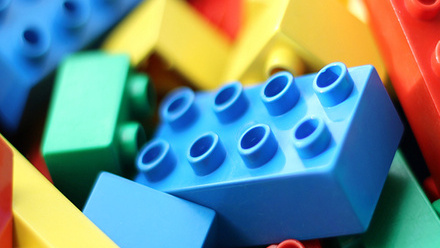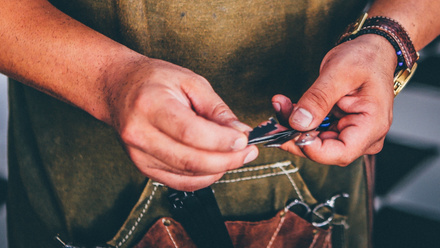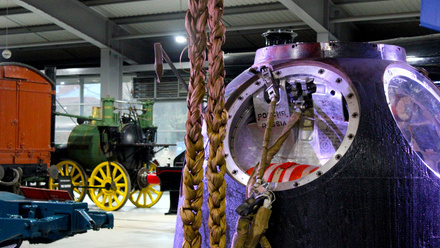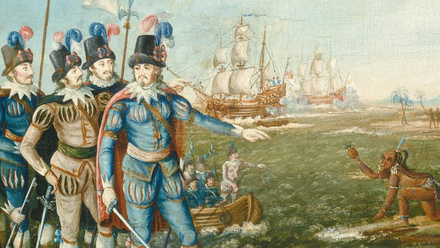Diversity and Inclusion Task and Finish Group Report
Preparatory Work and Background
This followed several months of work, speaking to hundreds of members and potential members, with several events to discuss how to improve diversity and inclusion in our profession. We published a consultation paper of proposals over the summer and received many helpful ideas and feedback from members.
We heard from many members and potential members about their own experience of discrimination, including that of being from an ethnic minority. We also heard from those from less well-off socioeconomic backgrounds and those with disabilities. Both these groups reported substantial barriers to entering and progressing in our profession and the feeling that Icon could provide more support. We also heard evidence that more could be done to support those with mental health conditions and those who are neurodiverse.
We researched the data available and found that the last survey had shown that around 6% of Icon members were from Black and Ethnic Minorities. This compares with 14% of the UK population and many professions have seen rapid and substantial improvements in diversity over recent years. The actions they had taken to achieve this were included in our recommendations.
This is what the Board approved for implementation by the end of April 2022, along with any necessary further work.
Defining diversity
First, we were asked by the Board to produce a definition of diversity for Icon and at its December meeting the Board agreed to adopt our proposed definition as follows:
Icon defines diversity as characteristics which connect and separate individuals and groups. Inclusion is working without discrimination to ensure our behaviour and actions are equitable.
The characteristics we refer to when we talk about diversity include those where direct or indirect discrimination is illegal. These are called Protected Characteristics: Age, Religion & Belief, Race, Disability, Sex, Sexual Orientation, Pregnancy & Maternity, Marriage & Civil Partnership, Gender Reassignment.
Based on the evidence we collected from members our proposed definition for Icon also includes socioeconomic background & status, ethnicity, regional & local identities (including accents) and the wider LGBT+ community (defined as anyone who self identifies as being part of the wider LGBT+ community including for example non-binary, pansexual, polyamorous, intersex)
A wider membership base
Members thought Icon would benefit from attracting more diverse new members. For example, by encouraging more craft apprentices who use their skills in conservation work, we will increase the socio-economic diversity of Icon (those from lower income families are less likely to go to university and more likely to do apprenticeships). The Board agreed our proposal that Student and Internship. Members should be:
· Anyone who is a full time, or part time student in any subject and interested in a career in heritage preservation or conservation
· Anyone who is undertaking an apprenticeship or internship in any subject and is interested in a career in heritage preservation or conservation
Icon’s Charitable Objects
The purpose of Icon as a charity are set out in its two ‘charitable objects,’ one of which is:
To advance the education of the public by research into and the promotion of the conservation of items and collections of items of cultural, aesthetic, historic and scientific value
To educate the public we need to be more representative of the public and growing supporter membership helps this. A more diverse membership will increase the influence of Icon with many of the stakeholders in the heritage sector.
For Supporter Members we agreed to emphasise that:
Icon encourages diversity in every type of membership and celebrates ethnic and cultural differences. We welcome supporters from all backgrounds who want to preserve their cultural heritage
How diverse is Icon Membership?
We have designed an annual survey to identify and measure the diversity of the membership of Icon with members voluntarily choosing their characteristics such as ethnicity and sexual orientation. The results will then be aggregated to show the level of diversity in Icon. If a member does not wish
This will be the main measure of Icon’s progress on diversity and inclusion and the Board agreed that the survey is to be implemented as soon as possible with the results published to the Board and members.
Benchmarking
The task and finish group was also asked to make recommendations on benchmarking diversity. We proposed that Icon should be as diverse as the ‘public,’ referred to in our aims or charitable objects. The annual survey will measure our progress in achieving this.
A key measure of success and progress will be the difference in diversity between the Board and the membership. The Board agreed to complete and publish information on their diversity as a group using the same survey. (However, to protect privacy a Board member can decide not to answer a question.)
The Board also agreed our proposals that Icon would adopt the best practice of tracking the diversity of applicants for roles with Icon and aggregating the results. This helps ensure that we are attracting diverse candidates and monitoring diversity in appointments made.
Affinity groups
We proposed Affinity groups to enable people with a shared interest or experience to come together in a safe environment to share and provide a space for support for groups that are marginalised and have protected characteristics such as LGBTQ+, black and ethnic minorities, disabilities, and also disadvantaged socioeconomic background. Feedback received has shown interest from members in their setting up and running these groups.
Benefits of affinity groups include support for vulnerable people, peer mentoring and building trust. The views, issues and ideas of such groups should be heard and be represented to Icon’s leadership. Staff will have access to check policy and changes with those who have lived experience increasing their awareness of diversity and inclusion.
Supporting low-income members
We heard from members from poorer backgrounds who cannot rely on parental financial support and who face barriers getting into the profession. They felt that Icon could do more to support this group at the time in their careers when they need the most help. For example, when a student member graduates and is looking for a job their membership costs increase from £60 to £97 at the time they may be volunteering in unpaid roles, or unemployed and on benefits. We learned that graduates with well-off parents paid Icon membership for them, but others could not afford to, which discriminates against low-income families.
We felt that the benefits for Icon doing more for this group are:
- They will probably stay members for many years and will be positive about the support they received from Icon at a tough time in their lives
- It will help attract more members. Research shows that people prefer to be part of an inclusive, diverse, and caring organisation which supports those in need.
We proposed that while this group had no income, other than state benefits for food and heating, Icon should charge a nominal fee. This was not voted on by the Trustees at the December meeting because the management team is working on an alternative proposal which will be presented in the next six months.






